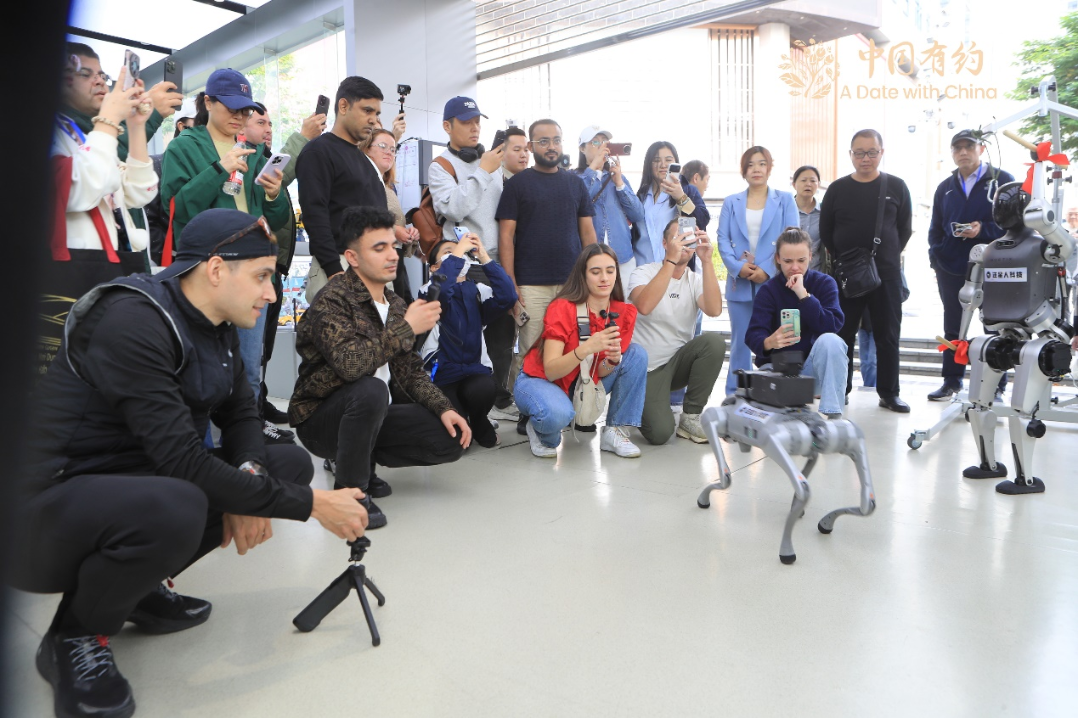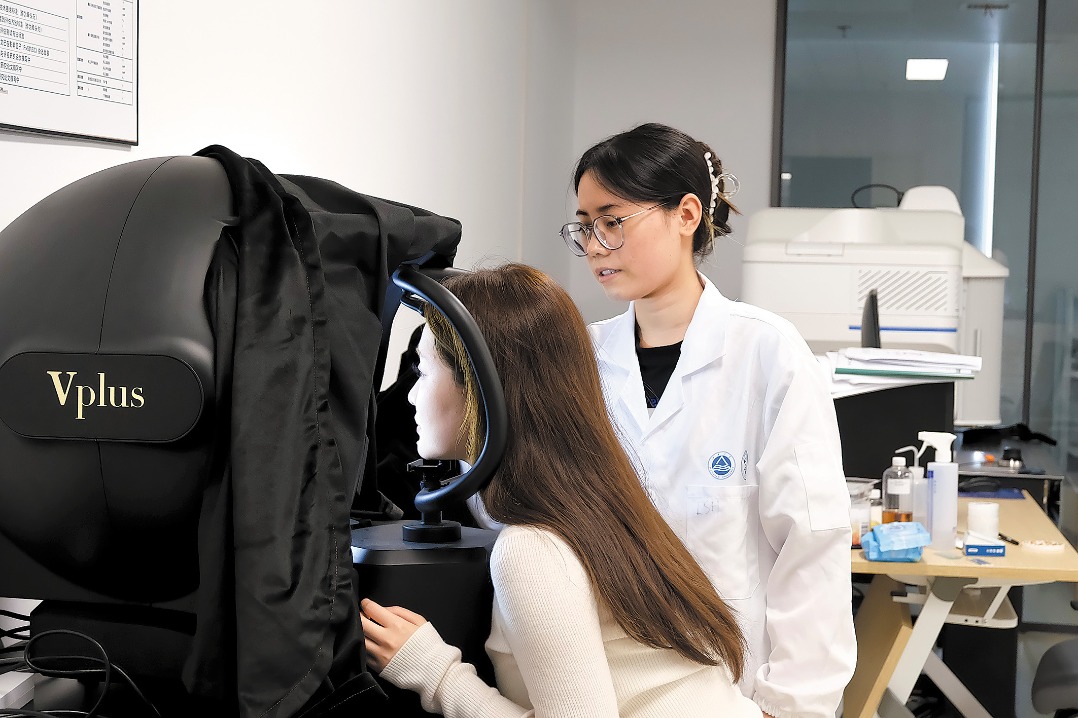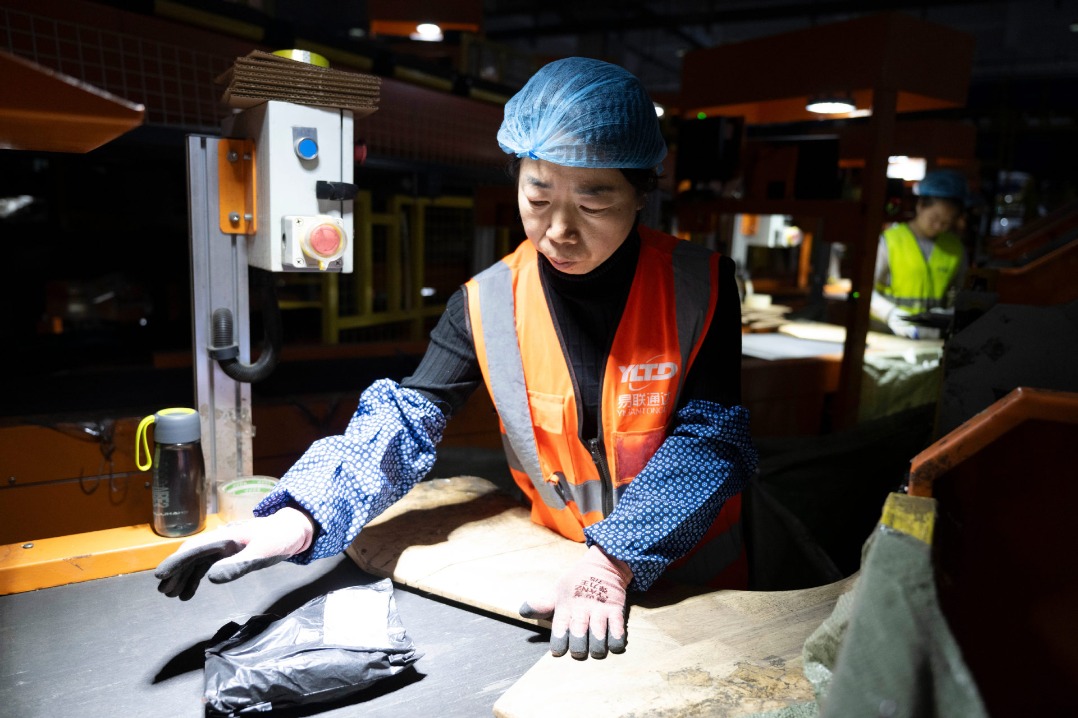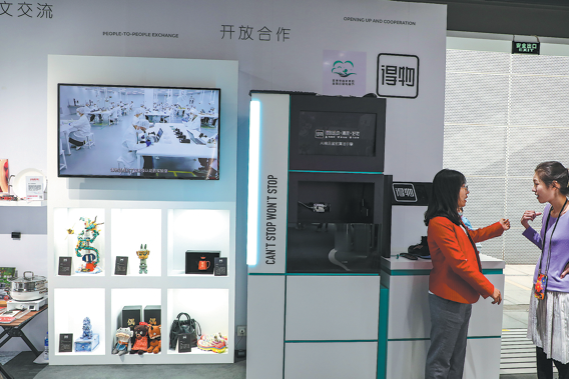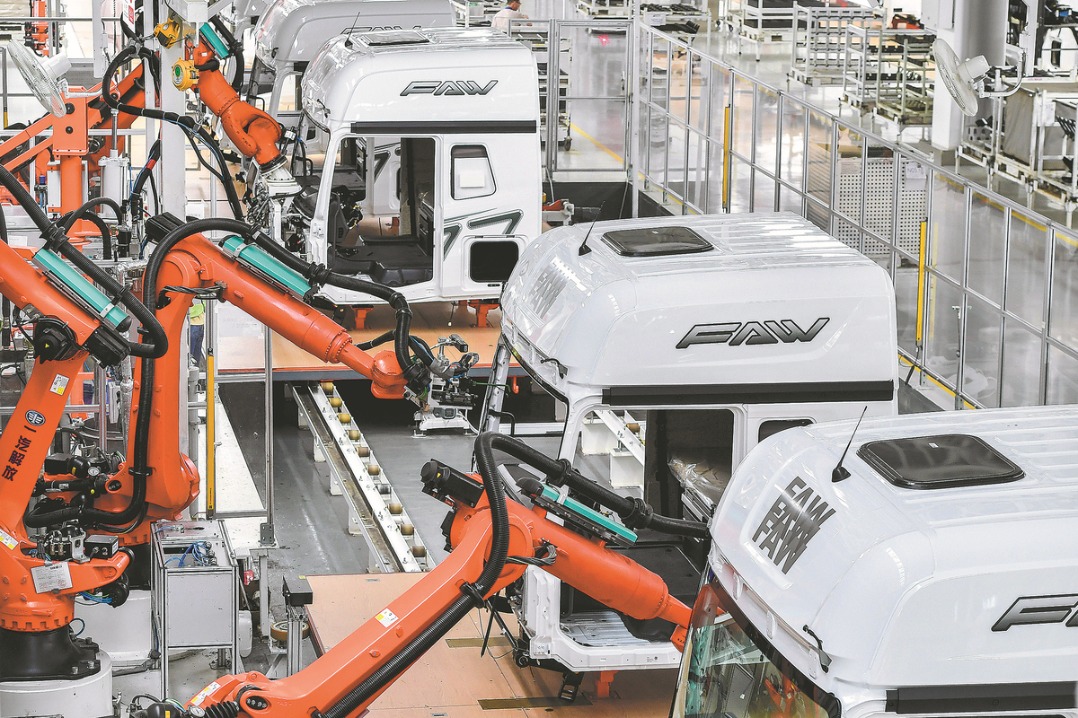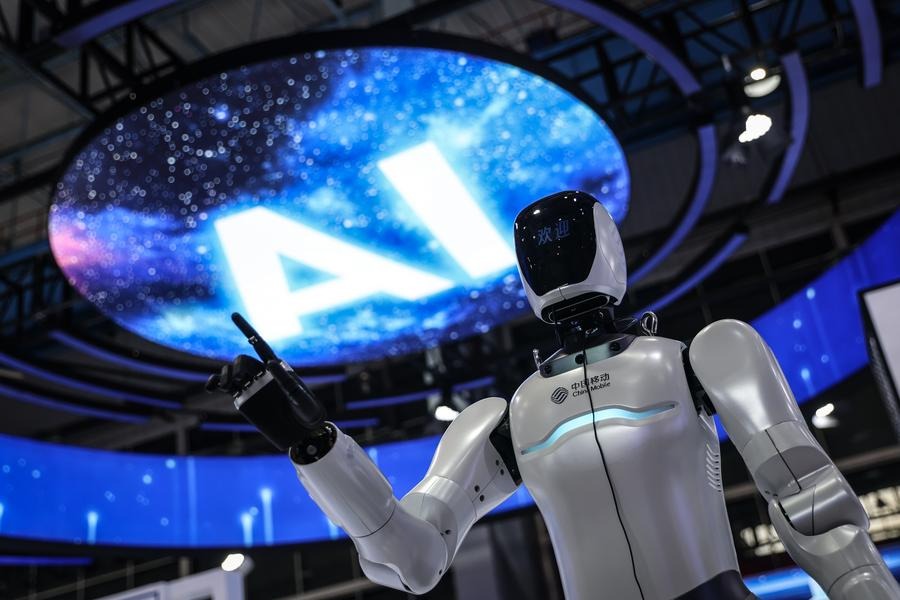Shenzhen thinking long term
Humanoid robots, AI key sectors in South China tech powerhouse city

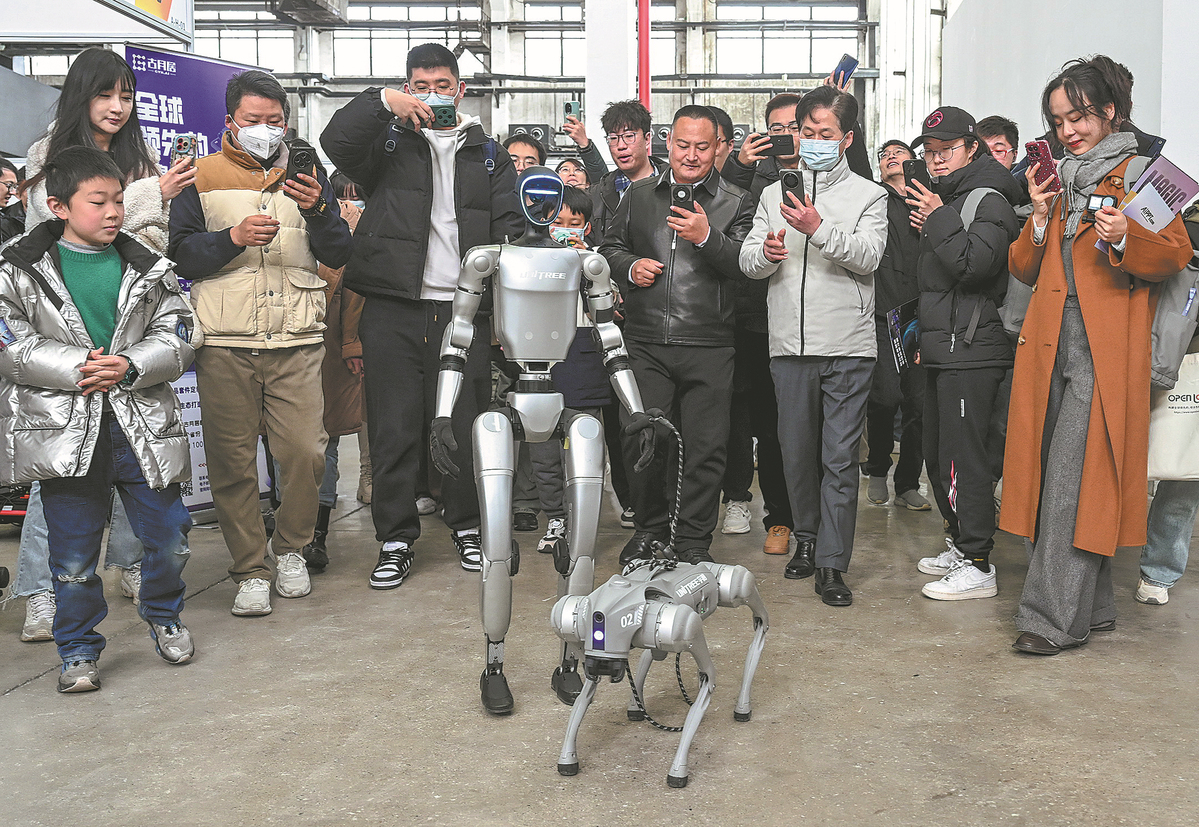
Shenzhen, a high-tech powerhouse in South China's Guangdong province, plans to launch targeted supportive policies, including 4.5 billion yuan ($630 million) in financial incentives, to drive the city's artificial intelligence and robotics sectors.
The initiative comes as China intensifies its efforts to become a global leader in AI and robotics, with humanoid robots emerging as one of the key sectors receiving attention. Shenzhen, home to some of the world's largest tech companies — including Huawei Technologies, Tencent Holdings and BYD Auto — is positioning itself as a national hub for these high-tech industries.
Lin Yi, director of Shenzhen's AI industry department, said the city plans to launch a special policy for humanoid robots designed to promote breakthroughs in key technologies, databases and large-scale manufacturing.
The above-mentioned 4.5 billion yuan will be allocated to the initiative this year, with company applications set to open in March. The policy package will offer subsidies to businesses, including up to 60 percent support — capped at 10 million yuan — including for computing power costs.
The government will also offer model and database vouchers to further incentivize growth in these emerging sectors. The city also plans to integrate AI and robotics into its major science and technology projects to foster partnerships between industry, academia and research institutions, Lin said.
Shenzhen's move follows similar plans nationwide, where regional governments have included embodied intelligence and humanoid robots as key economic strategies for 2025. This year's government work reports from over a dozen provinces and cities — including Beijing, Chongqing, Shandong province and Anhui province — emphasize the role of these technologies in advancing industrial upgrades and driving economic growth.
Hefei in Anhui plans to commercialize embodied intelligence products and attract over 100 companies in the AI and algorithm sectors. Shandong, for instance, plans to accelerate the development of a full industry chain encompassing embodied intelligence.
Meanwhile, major Chinese tech companies are making their own moves in the humanoid robot sector. At least 18 automakers have joined the race, spurred by government incentives and technological advancements in AI.
Xiaomi, Xpeng and Nio are among the latest firms to announce their entry into the humanoid robot market. Foreign automotive giants like Tesla and BMW have introduced their first humanoid robot "employees" on assembly lines.
Xu Xiaolan, former vice-minister of industry and information technology, said that humanoid robots are expected to become another "disruptive product" after computers, smartphones and new energy vehicles.
"Currently in China, new technologies, products and formats represented by humanoid robots and general artificial intelligence are thriving and becoming the pinnacle of global technological innovation, a new track for future industries and a new engine of economic growth," Xu said.
According to market consultancy Coherent Market Insights, China's humanoid robot market is rapidly growing and clocked $2.9 billion in sales revenue last year, and is projected to skyrocket to around $46.31 billion by 2031, at a staggering compound annual growth rate of 48.6 percent.
Rick Xiong, general manager of the Beijing Embodied Intelligence Robotics Innovation Center, said: "Combined efforts from both the government and companies will shape the future in our favor. Chinese robot companies have the right timing, the right place and the right people to accelerate the humanoid robot push."
Xiong said that leading Western countries have witnessed deep-pocketed industry giants dominating the robot landscape, whereas China is characterized by a proliferation of small to medium-sized enterprises striving to navigate the competitive terrain of humanoid robots.


















